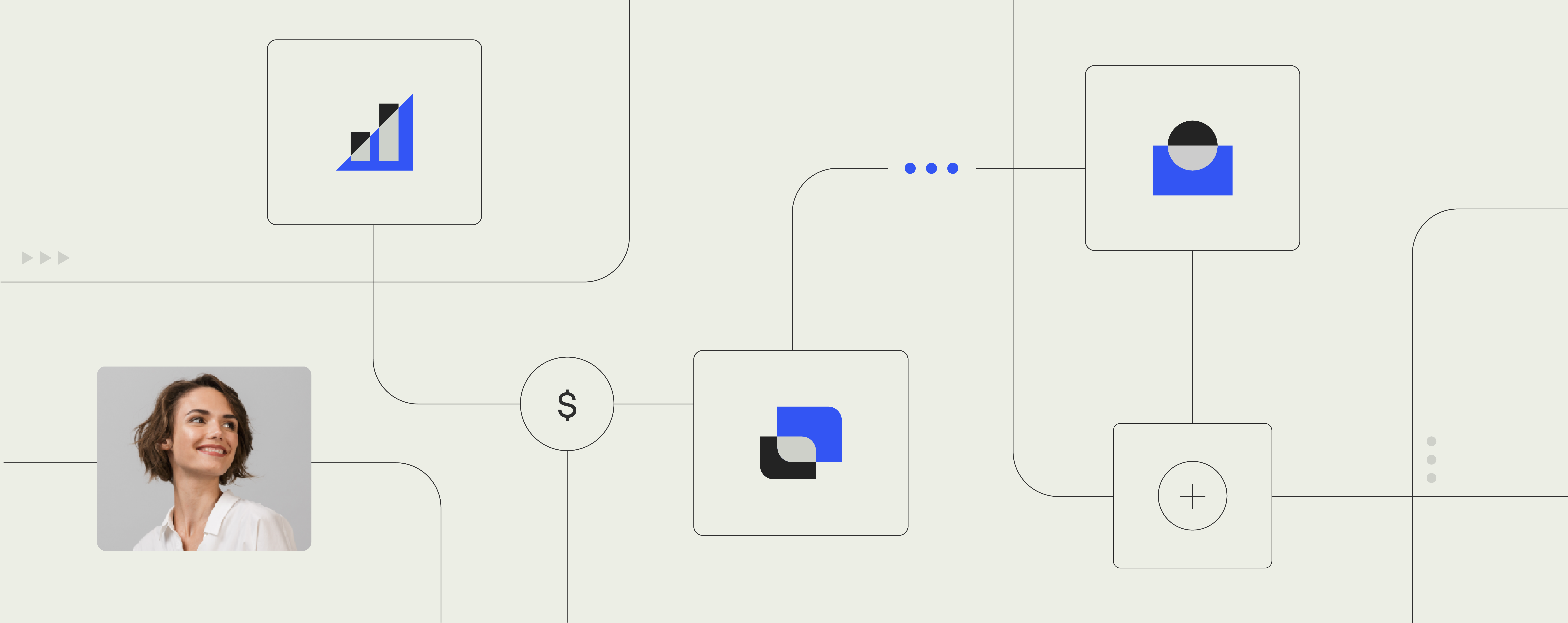DMS vs. DAM: What is the difference?

To understand exactly what is a DMS and what is a DAM solution, it’s important to remember that for years the file cabinet was an essential piece of office technology.
Every office needed one to organize and store its paper files securely. The bigger the office, the more file cabinets you needed.
The rise of the computer and digital document assets changed all of that. The ability to electronically store documents (and later photos and other media files) was an inevitable part of the digital revolution but also seemed like an end in itself—the way to the nirvana of the paperless office and also the death knell of the lowly filing cabinet.
It hasn’t worked out that way.
DMS and DAM systems make it easy to access and use your assets
Paper documents and file cabinets are still very much with us—business document storing remains a huge challenge. But so, of course, are the growing variety and volume of digital assets including photos, illustrations, videos, etc.
At the same time, our expectations for how we use information has changed: the cloud, social collaboration, mobile, and analytics technology have put a premium on getting fast, easy access to both paper-based and digital assets.
That’s why Document Management Systems (DMS) and Digital Asset Management (DAM) solutions are increasingly popular. Want to locate a client’s contract quickly? Find that specific photo or illustration that showcases one of your top products? A DMS or DAM system will help you get the job done, including simplifying access from any computer or mobile device.
DMS and DAM solutions do far more than give you a way to store and organize your stuff. If documents and other digital assets are essential to your business, a DMS or DAM solution will make your use of these information sources easier, more productive, and safer.
- Increase productivity: Spend less time finding what you need.
- Streamline workflows: DMS and DAM solutions have features like eSignatures and electronic file sharing to help automate time-consuming steps, increase efficiency, and (when the processes are customer facing) enhance customer experience
- Protect your digital assets: A key reason companies use DMS and DAM solutions is to recover more quickly from a cyber-attack, natural disaster, or the most common cause of data loss: human error (e.g., accidental erasure).
- Regulatory compliance: New regulations such as the European Union’s General Data Protection Regulation (GDPR) impose new requirements for protecting and retrieving information assets. Both DMS and DAM solutions can help you comply with the new requirements, simplify compliance audits, and reduce your exposure to noncompliance penalties.
Also, regardless of whether you use a DMS or a DAM solution, you can still take full advantage of Templafy to help you create documents that are up-to-date, with the right brand assets and legally compliant.
Your choice of a DMS or a DAM solution is going to be determined by the types of files that are the most important to your business, and you may very well end up with both. To put it very simply, if you work with a lot of documents—proposals, forms, compliance filings, etc.—you are likely to lean toward a DMS solution. If your business makes use of lots of image files (photos, illustrations, videos, design documents, etc.), then a DAM solution might be the right choice.
Let’s look at both:
What is a Document Management Solution?
As its name implies, a DMS solution is designed for business document management—to store, manage and track electronic documents such as forms, contracts, reports, letters, etc.
Early DMS solutions combined document scanning with database tools to automate indexing and retrieval tools. Over time, vendors added support for managing the entire document lifecycle, from creation to editing, as well as the collection of signatures.
Some of the features and functions now typically found in DMS systems include:
- Audit trails: showing who accessed a document, when it was accessed, and what changes were made
- Check-in/check-out and locking: to coordinate the simultaneous editing of a document, so one person’s changes don’t overwrite another’s
- Roll-back: to “activate” a prior version in case of an error or premature release
- Version control: to keep tabs on how a document came to be and how it differs from versions that came before
- Security: management of user roles and encryption
- Document sharing: secure portals that make it easy to circulate very large files even via mobile devices
- eSignature integration: streamlining workflows and approval processes
- Compliance: tools for compliance with HIPAA, SEC, FINRA and other regulations
Read next: The document management process in the age of cloud
What is a Digital Asset Management system?
With the rise of graphics software tools, digital cameras, digital video and more, companies now have huge investments in libraries of digital assets. In many cases, these are very large files, often measuring in the many gigabytes, and can be a challenge to use and manage. A DAM system adds technical metadata and other management capabilities that increase the accessibility—and hence the value—of these digital assets, including:
- Data such as author, approval status, image size, license rights, resolution and color depth, etc.
- The ability to process and manage digital assets individually or in groups (e.g., after a photo shoot).
- Access control lists and user roles.
- The ability to transform digital assets into thumbnails, proxy files, and other forms to make it easy to preview an asset before opening or processing it for production.
- Relate assets by tracking the relationships between an original asset and subsequent versions.
- Regulate the management, creation, and review of assets with workflow tools.
- Enrich assets through the extension of metadata and metrics regarding the use and reuse of the asset throughout its lifecycle.
Increasingly, both DMS and DAM platforms are incorporating analytics including data on searches, shares, embeds, views, and downloads that can help decision-makers understand how content is being used. And naturally, the cloud is a huge element of media asset management—think of it as your DMS cloud or your DAM cloud.
You might wonder, can’t I already do digital asset management in SharePoint? You can, but SharePoint was initially designed primarily for making digital assets available in websites. The typical DAM solution is going to give you far more robust capabilities for tracking, sharing and using assets. If you are already using SharePoint, a better way to think about a DAM is as a way of providing digital asset management for SharePoint.
What about DAM vs. CMS (a content management system)? Again, they have very different purposes: a CMS is designed to help you publish information via a website or a blog. A DAM is designed to give you capabilities for storing and managing the assets themselves—whether they are published or not.
Read next: Google Drive vs Dropbox: for enterprises that give a DAM
How Templafy works with DMS and DAM solutions
The primary functions of your DMS and DAM solution are to make access to your core information assets easier, more productive, and safer. Templafy takes this to the next step, helping you to use these assets to create on-brand, legally compliant documents.
Let’s say you do a major product photo shoot and end up with hundreds of photos. Using your DAM, you can upload all these images and trust that Templafy will make them available to all the employees that need them. Since Templafy brings these images right within the office applications your colleagues are already using, it will be easier for them to use the up-to-date images than ones they could download elsewhere. With Templafy, you can filter access by department, office location or region so only images relevant to each colleague’s role will be displayed.
Or, you need to make sure that letters to customers are properly adapted with the right legal disclosures to comply with GDPR rules. Templafy will integrate with your DMS to make sure that the documents with the correct GDPR language are made available in the right places.
You can also use Templafy to create documents and place them in your DMS. For example, you want to ensure that all your documents have the right look and feel—colors, fonts, layout, the correct logos, photos, etc. Working with Word and your DAM solution, you can use Templafy to ensure employees have access to company approved graphic elements while making documents. Templafy also integrates with the DMS so that the on-brand and compliant documents created with Templafy can be easily stored, accessed and shared.
With all three elements—Templafy, a DAM system, and a DMS—a company will have the most effective document creation and storage system.


